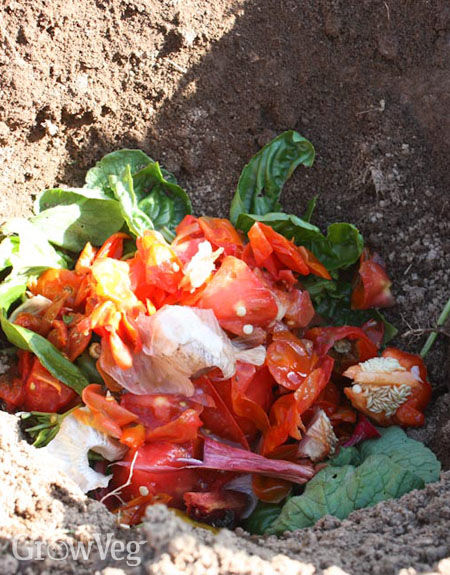Greetings everyone. It has been a year since last I blogged. Last year was a very intense year with the work that I was doing for an international spiritual group during some intense Earth event times. So, there was a need to focus there for this last year. Now, it seems I can get back to my gardening blog.
I do want to say that we seem to be going through some Climate changes with the seasons such as spring starting earlier, temperatures overall slightly warmer. Within climate changes are changes in our weather patterns. We have had such seasonally warm weather here in Minnesota over the last month, fooling some of us into planting warm weather crops in late April to mid May. For the first time, I actually did that, then that "white stuff" called "frost" I found on all the plants, flowers for sure and some on the vegetables, this morning. I continue to live and learn. So, a few words of advice, wait till end of May before planting your peppers, beans, squash, tomatoes and all those sun loving plants.
Wanted to share something new I did last year in the fall. I live in the country and I store my kitchen wastes and wastes from canning in 5 gallon buckets and take them to the fenced in garden. When I have enough, we dug trenches where the potatoes had been last year.....somewhat deep....perhaps 12 inches and filled the trenches with the kitchen wastes. These were more nitrogen based (green) and not so much "brown", newspapers, cardboard and the like. And then covered the trench up and then kept doing the same as I accumulated kitchen/garbage waste.
And then of course, along came the ground freezing and winter. So, this spring, we decided to plant the potatoes again in their same place and where we "trenched" the kitchen wastes. My son dug the area up our usual 6-8 inches and low and behold, it was all very rich-looking black dirt. Hoping the potatoes will love it.
Two things: by doing this I am able to compost my nitrogen waste (kitchen waste) and not send to the garbage landfill and I get fully composted soil that is so rich and I can just plant in it. I am so pleased.
Try it! Especially if you live in the country and have the room to do it. It is a great way to compost and especially over the winter months.















%2B-%2BCopy.JPG)

_resized.jpg)



